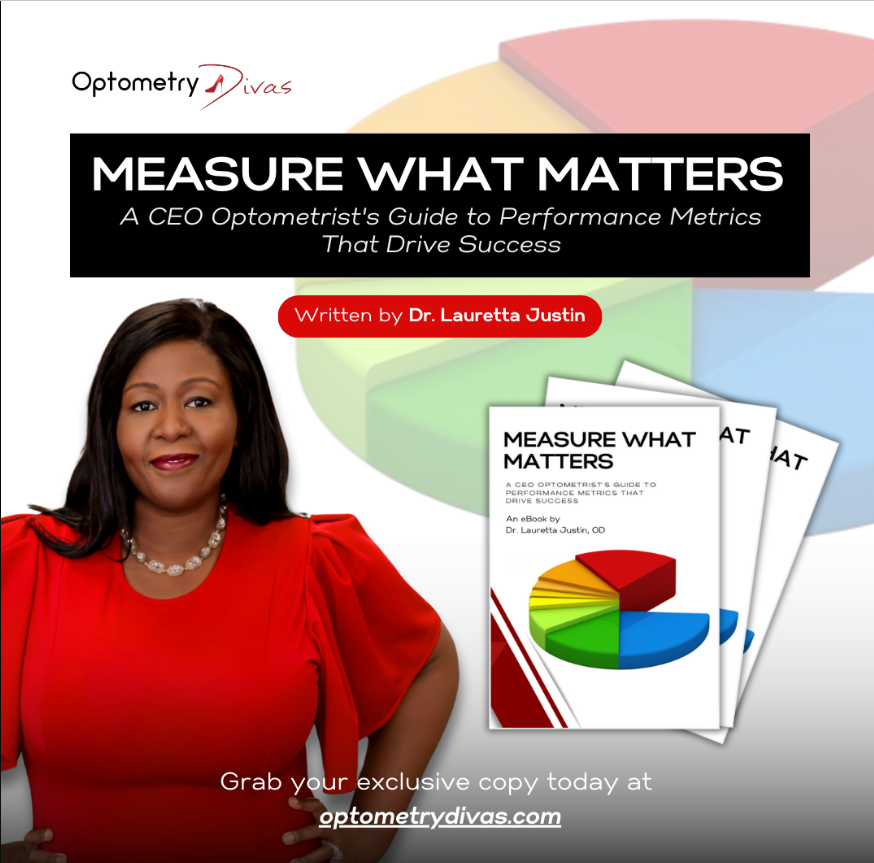Scleral Lens Fitting Basics

Mastering Scleral Lenses Basics: Insights from Our Recent Workshop
In our recent Scleral Contact Lens workshop, participants were introduced to the fundamentals of scleral lens design and application. The workshop, led by Dr. Elise Kramer and Dr. Roxanne Coan, offered a deep dive into the fitting process, troubleshooting common complications, and understanding the key indications for scleral lenses. It was an insightful session filled with valuable clinical pearls that are essential for any optometrist looking to enhance their practice with scleral lenses.
The Indications for Scleral Lenses
Scleral lenses offer versatile solutions for a variety of ocular conditions. Here are the primary reasons they’re used in clinical practice:
- Visual Improvement for Corneal Ectasia: Scleral lenses are particularly effective for patients with corneal ectasia, such as keratoconus, post-LASIK ectasia, or pellucid marginal degeneration, offering significant visual improvement by providing a stable and smooth refractive surface.
- Ocular Protection & Visual Restoration: These lenses are also used for patients with corneal pathologies, such as corneal scars or severe dry eye (like Sjogren’s syndrome) by creating a tear-filled vault that helps maintain corneal hydration and protection.
- Management of Lid and Orbit Disorders: Patients with lid disorders, such as entropion or lagophthalmos, can benefit from scleral lenses, which protect the ocular surface and reduce exposure-related complications.
- Correction of Refractive Errors: Scleral lenses aren’t limited to irregular corneas—they are also valuable for correcting refractive errors in normal corneas, particularly in cases where conventional lenses may not offer adequate comfort or stability.
The Five-Step Scleral Lens Fitting Approach
To achieve optimal results, scleral lens fitting requires a methodical approach. Our workshop introduced a five-step process that ensures a comfortable and effective fit for every patient.
1. Find the Initial Diagnostic Lens
- Corneal Topography/K-Readings: Start with measuring the corneal curvature. Corneal topography provides a detailed map of the cornea’s shape, which is essential for selecting the appropriate lens.
- Horizontal Visible Iris Diameter (HVID): Measuring HVID is one of the most critical factors in selecting the correct scleral lens diameter, as it influences the lens’s ability to cover the ocular surface without excessive edge lift.
- Determine the Corneal Profile:
- Prolate vs. Oblate: Identifying the corneal profile will help in selecting the appropriate lens design.
- Palpebral Fissure: Consider the patient’s palpebral fissure height, as it can impact lens insertion and comfort.
- Follow the Manufacturer’s Fitting Guide: Always refer to the manufacturer’s guidelines for the specific lens being used.
2. Evaluate Apical Clearance
- Fluorescein: Instill fluorescein in the bowl of the lens before insertion to assess tear reservoir thickness under the lens.
- Optic Section (White Light): Use an optic section on the slit lamp to evaluate the tear lens and estimate the lens-to-cornea relationship. The goal is to achieve optimal apical clearance without excessive vaulting.
- Lens Center Thickness: Document the lens center thickness to ensure an appropriate fit and comfort.
- Settling Time: Let the lens settle for at least 30 minutes before reevaluating apical clearance to ensure accuracy.
3. Evaluate Limbal Clearance
- Sweep from limbus to limbus using an optic section with white light, ensuring that the lens clears the limbus without excessive tear thinning. Proper limbal clearance is crucial to prevent corneal hypoxia or limbal stem cell damage.
4. Assess the Scleral Landing Zone
- Edge Lift: Evaluate the edge lift to ensure it’s neither too tight (causing impingement) nor too loose (causing lens instability). A well-fit scleral lens should rest smoothly on the sclera without excessive compression or blanching of conjunctival blood vessels.
5. Perform Over-Refraction
- Spherical Over-Refraction: Start with a spherical over-refraction to fine-tune the vision correction.
- Sphero-Cylindrical Over-Refraction: Check for any residual astigmatism or refractive errors that might require additional correction.
- Order the Correct Lens: Once you have the results, place the order for the final lens, incorporating any over-refraction findings.
Preparing Patients for Lens Dispensing and Follow-Up Care
Once the perfect fit has been achieved, it’s crucial to prepare your patients for the lens dispensing process. Educate them on the proper lens care system, including cleaning, storage, and handling. This step ensures long-term comfort and lens longevity. Be sure to schedule follow-up appointments to monitor the patient’s progress, evaluate lens wear, and make any necessary adjustments.
Real-Life Clinical Pearls
Throughout the workshop, Dr. Kramer and Dr. Coan shared numerous clinical pearls. One such gem was the importance of patient education. They emphasized that setting proper expectations early on helps build patient confidence and trust. Patients should understand that scleral lens fitting is a process, and small adjustments may be necessary over time.
Another highlight was a discussion on common complications. For instance, if a patient reports midday fogging, this could be due to poor tear exchange, requiring adjustments in the landing zone fit. By troubleshooting these issues effectively, practitioners can ensure patient satisfaction and success with scleral lenses.
Special Thanks and Next Steps
A big thank you to Dr. Elise Kramer and Dr. Roxanne Coan for sharing their expertise. Their clinical insights were invaluable, providing us with tools and strategies to enhance patient outcomes.
If you missed the workshop or want to revisit the valuable information shared, don’t worry! Event recordings are available exclusively to our Elite Divas. Log in to the website, click on Member Resources, and access the recording today. Not an Elite Diva yet? Click HERE to get started!
By mastering scleral lens fitting, you can significantly improve the quality of life for your patients, offering them a comfortable, long-term solution for a range of ocular conditions. With the right techniques and knowledge, you can step up your practice and deliver exceptional care.






Responses